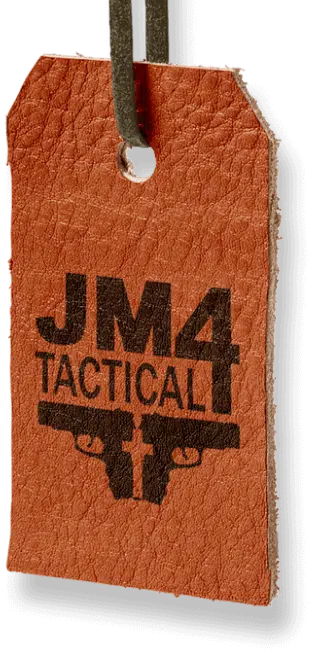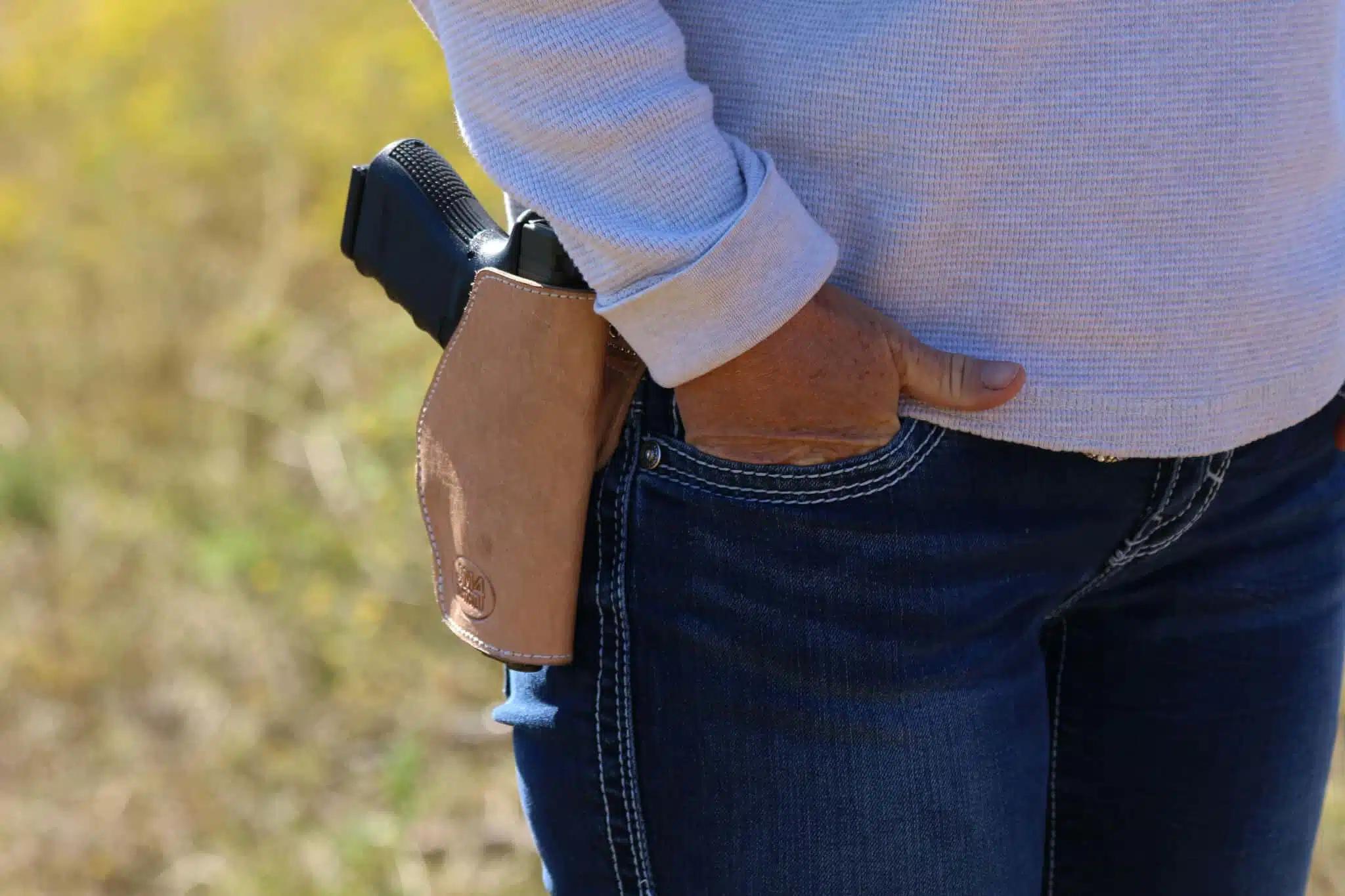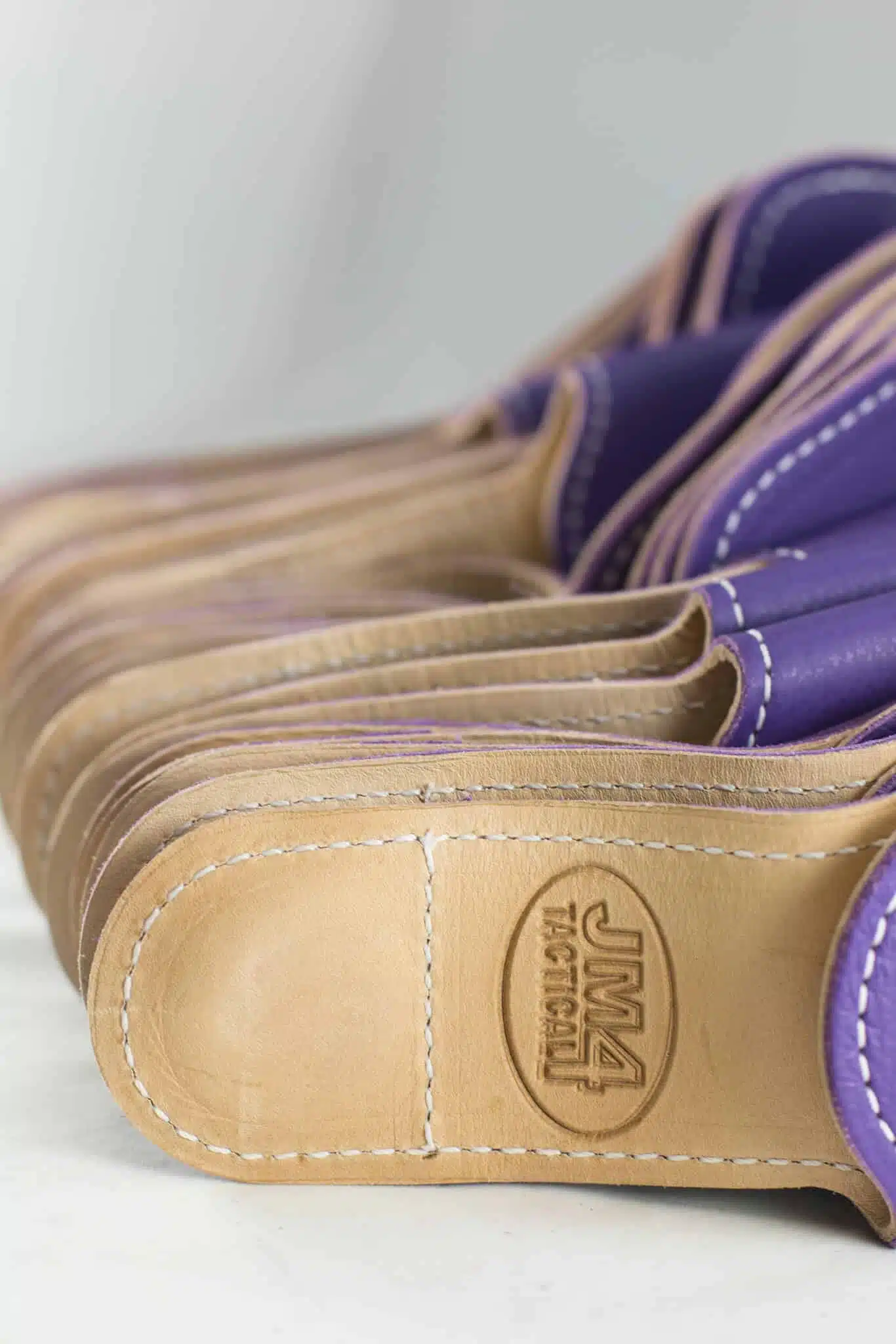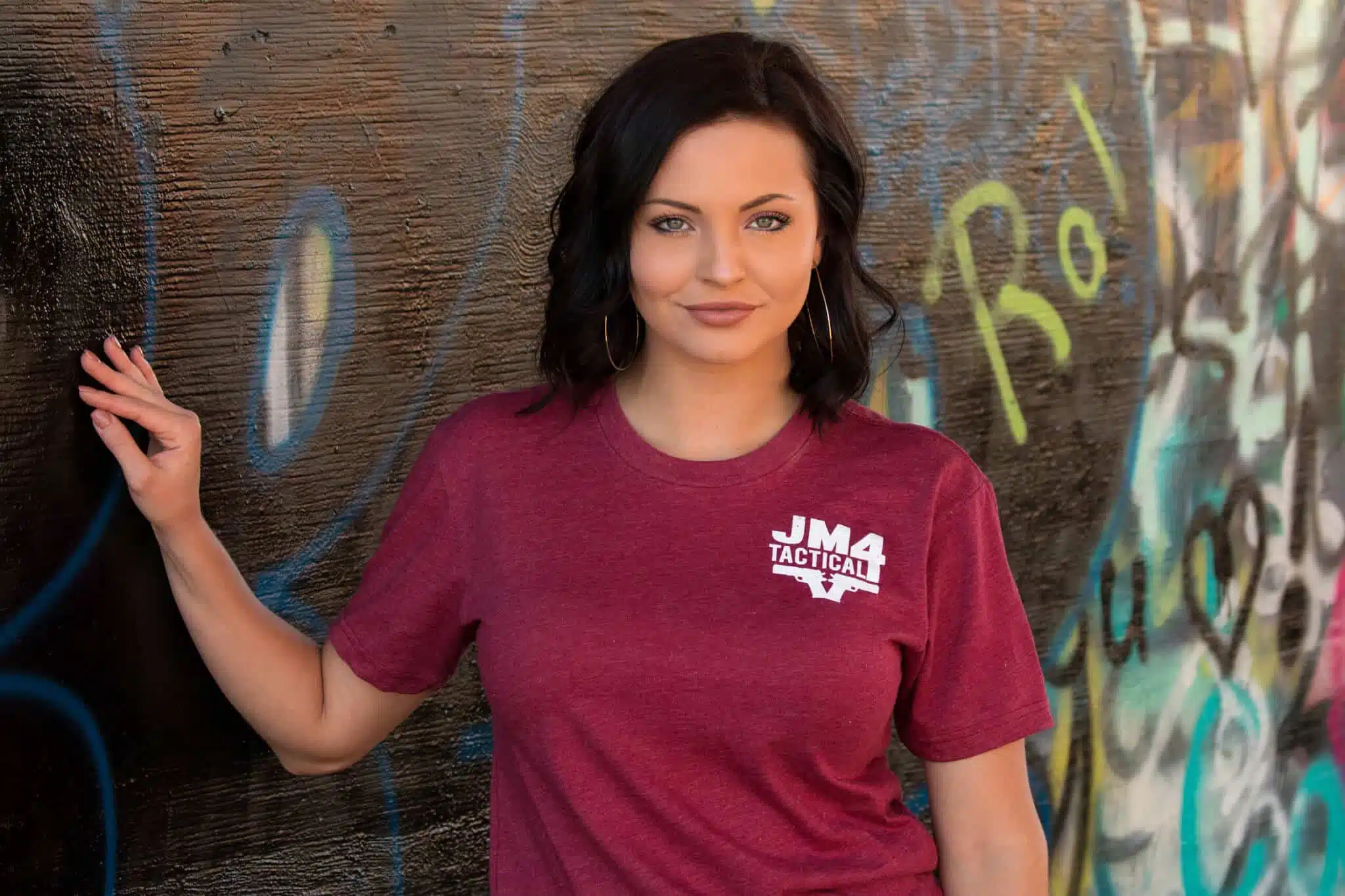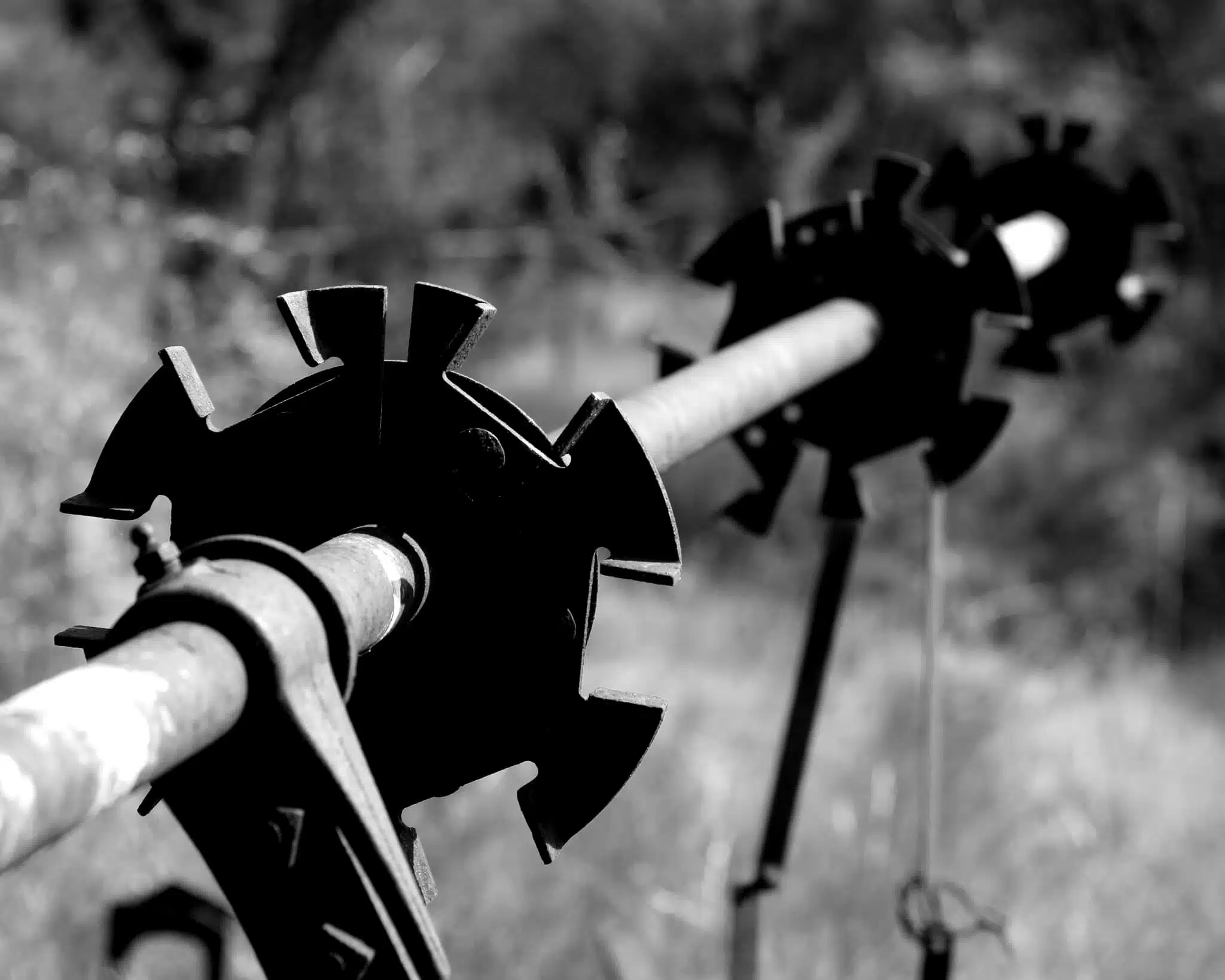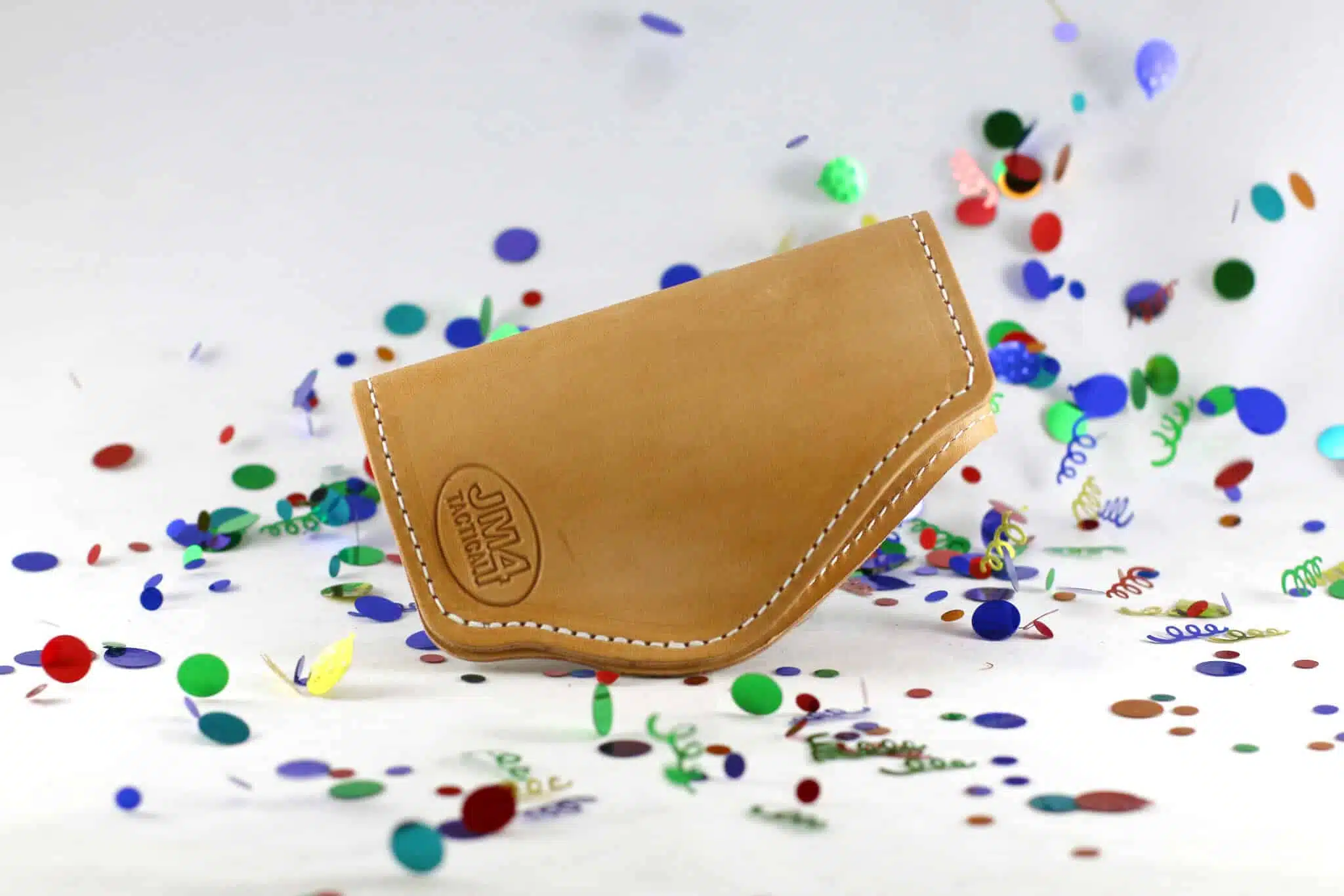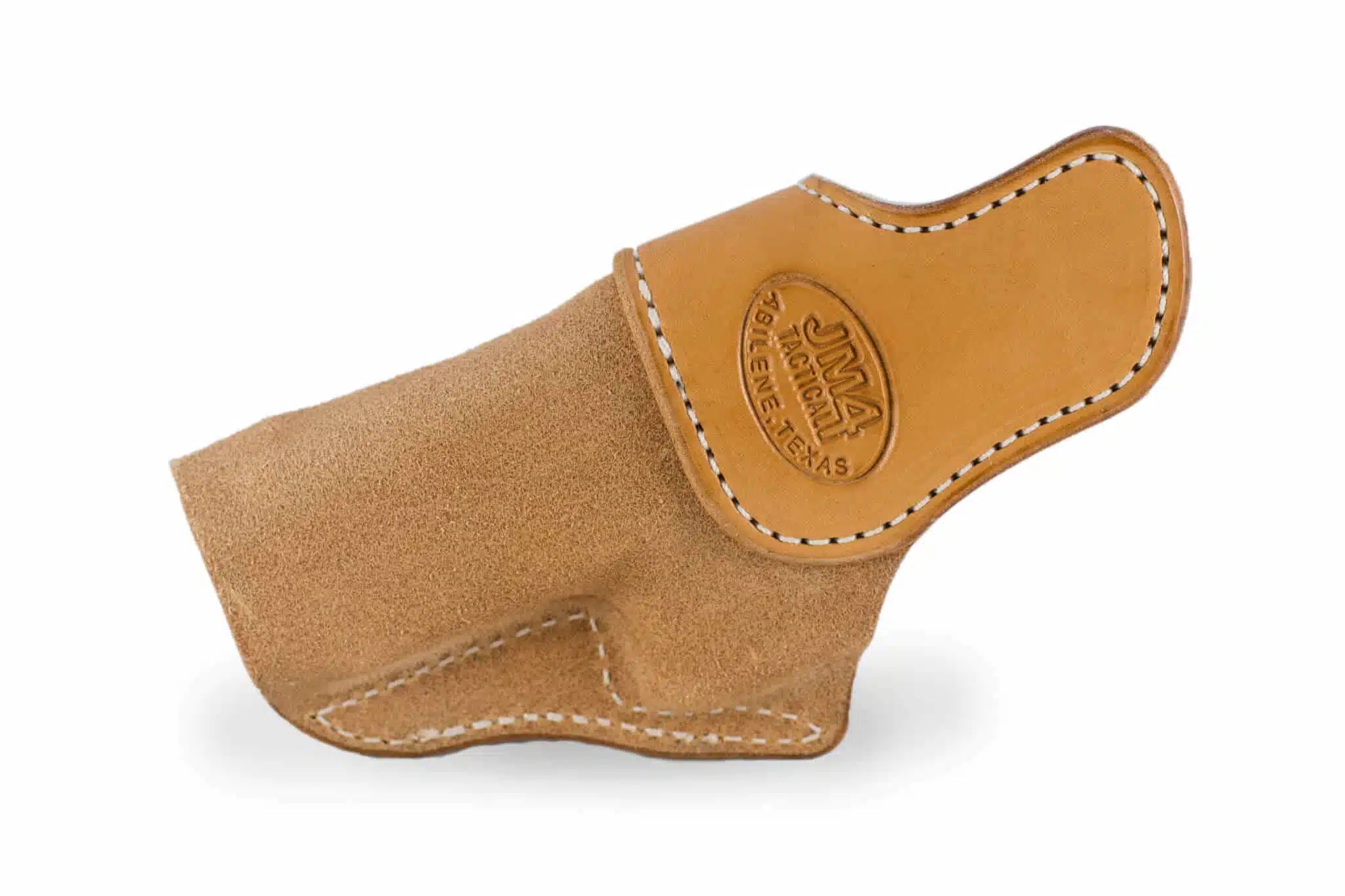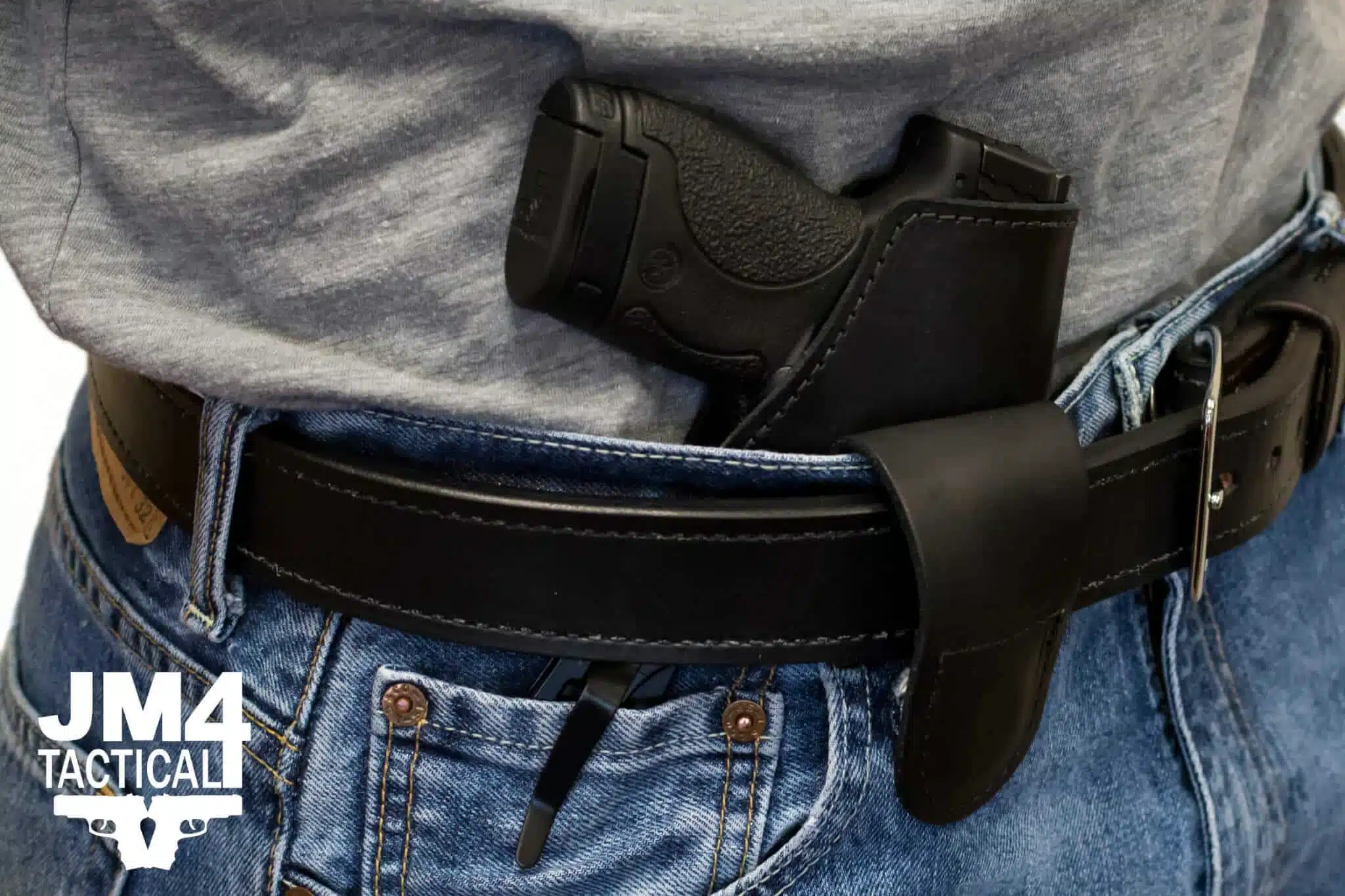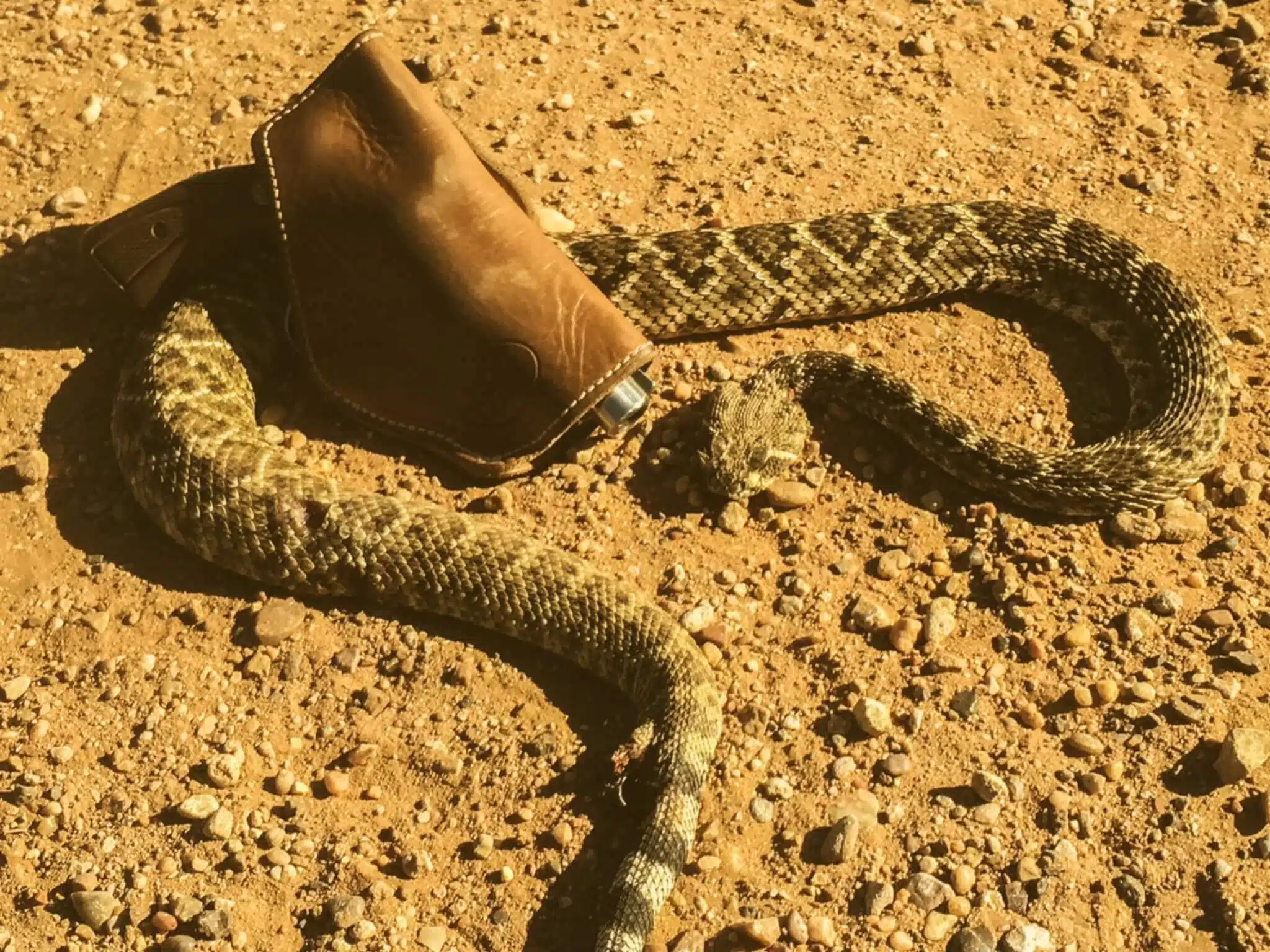What Is The Purpose Of A Holster Claw?

JM4 Tactical’s newest RELIC holster, The Regulator, utilizes a holster claw as a benefit to helping the carrier conceal the weapon. However, I realized that there may still be some people out there in the gun world who don’t know what the purpose of a holster claw actually is, so I figured I’d write up a short blog post detailing what it’s actually for.
What is the purpose of a holster claw?
The claw of a holster is designed to help you conceal your gun better. It does this by pushing on the inside of the belt, which forces the grip of the gun inward to the body.
A side benefit found by many people is that it helps give another anchor point giving extra stability before and during the draw.
Let’s discuss each of these more in detail next, as well as some other considerations.
Claws reduce printing:
The main benefit of using a holster claw is that it minimizes printing. Printing occurs when your gun’s outline is visible on your clothing. Because the claw pushes the grip of the gun toward your body, it reduces your gun’s visibility.
If your goal is concealment, instead of open carry, you want your gun to remain unseen as much as possible for the sake of remaining tactically superior. Reducing the print is one of the ways people do this.
Because it helps reduce printing and aids in concealment, some folks are able to carry a bigger, more shootable firearm for self-defense than they would otherwise be able to do.
Bigger guns that you can get your full grip on, that also weigh more, help accuracy, increase the speed of follow-up shots, etc. They also tend to hold more ammo giving you better odds at survival if you end up fighting multiple bad guys.
Holster claws also increase stability:
Many holster claws have a bit of a stickiness to them. Because they’re tacky in nature they help to keep the holster in place both while you’re moving around, as well as when you go to draw your gun.
This is a solid benefit in and of itself because one of the last things you want to have happen is for your rig to move on you. If you need it for self-defense, but it moved, it could throw your draw stroke off just enough that it could be dangerous for you.
Holster claws can be used in any position, not just appendix:
One common misconception that I see floating around is that a claw should only be used when the gun sits in the appendix position, also known as the centerline, or in front of, your body.
While this is the most popular position carried in by people who utilize a holster claw, it is beneficial to carry one so equipped in any position. I have carried with one at both 3 and 4 o’clock with much success.
Remember that the primary benefit is that it pushes the grip of the gun inward to my body to reduce printing and it still does this at 3 or 4 o’clock. I would even go so far as to say that it’s more important in other positions than it is in the appendix.
Considerations for holster claws:
No matter how you carry your self-defense gun, you should always practice drawing it from the holster. When adding a claw, it changes the angle of your grip to be closer to your body. This means that it will be inherently more difficult to get a combat grip on because there is less space to grab onto your gun.
It can be done, obviously, but must be practiced. This can be done in the comfort of your own home during dry fire, as well as at the gun range (preferably with a good instructor first).
Conclusion:
Hopefully, you’ve got a better understanding of what a holster claw is. Now, if you’re sold on one, go check out our new RELIC holster called the Regulator which comes with a holster claw and lots of other goodies.
